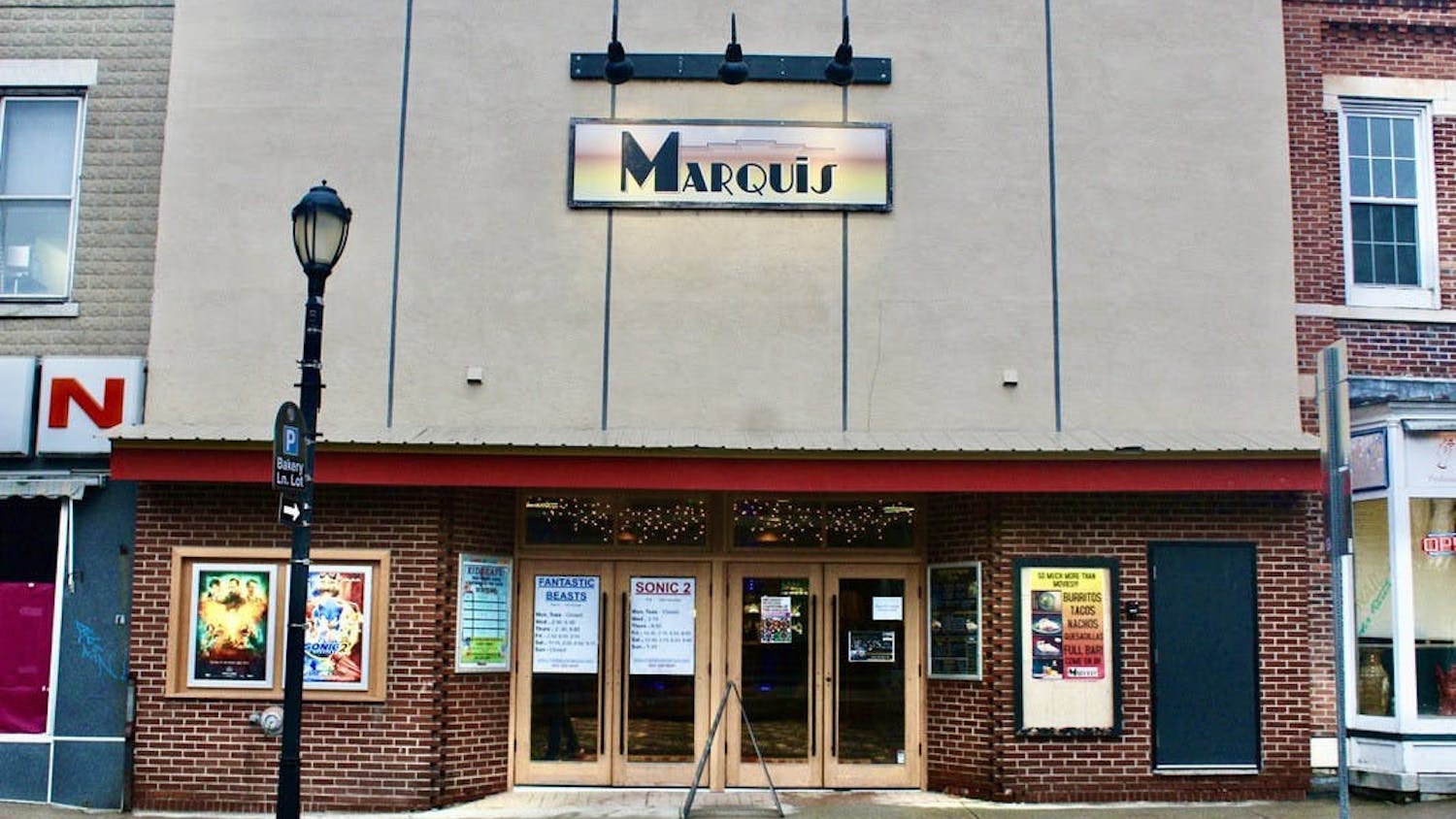Despite the numerous sprawling fields and farms around Middlebury, the amount of developed land in Vermont has been increasing over the past several decades, especially in Chittenden County and in the areas around Burlington. This increase in development is coupled with a lack of farmland and a historical decline in Vermont’s forestland.
Enter the Vermont Land Trust (VLT). Formed in 1977, the VLT constantly worries about Act 250, which allows developers to break up and convert farm and forest lands away from their original uses. Such development has led to a lack of available land for those who want to farm. Food security is now a concern, as is the scarcity of dairy farms due to their unprofitability. However, the land trusts around Vermont have stepped up. The VLT is involved in various partnerships to conserve land for agricultural, forestry, tourist and historic preservation, and to use such land to build affordable housing, as well.
In order to keep working farmland from being developed, there must be land trusts. These trusts gain the development rights to a property through a land deed, otherwise known as a conservation easement. This ensures that the land, no matter who it is sold to in the future, cannot be developed (i.e. it cannot have houses built on it and it cannot be turned into a residential area). In some cases, the landowner is willing and able to donate some of the conservation easement. Yet, the land trust also purchases development rights in their entirety by using funds from government grants and donations from private organizations and individuals.
The land trust allows new farmers to continue to use workable land for agricultural purposes, since the land trust’s purchase of the development rights makes the land less expensive. Approximately one- third of the projects in which the VLT is involved entail a transfer of ownership, most often to a member of the same family. Buyers who are not purchasing family land, but who are involved in land trust projects, have backgrounds in agriculture and have well-articulated business plans.
The land trust uses the conservation easement to conserve both forestland and land for public use. The Lake Champlain Land Trust deals with projects that involve public land access to the lake. The VLT is tied to affordable housing efforts in the form of the Vermont Housing and Conservation Trust Fund; this allows affordable housing groups to purchase land inexpensively, minimizing the final cost of housing. This is critical in Vermont, where the cost of living is quite high, and where affordable housing is now an important issue.
VLT helped conserve land near Charlotte Berry Farm and it has recently added additional land to this conservation easement. VLT also assisted in conserving Shelburne Farms, another property north on Route 7.
The VLT is acknowledged as a leader in land conservation in the US. With the economic crisis, trusts around the state have seen a sharp decrease in individual donations. Land trusts play a vital role in land conservation in many communities, and they need financial support through donations and federal grants. While we are poor college students, land trusts help us understand the role of private organizations in conservation and agriculture. The innovation of land trusts in the latter half of the 20th century provides inspiration to the aspiring conservationists of today.
The Pragmatist
Comments



